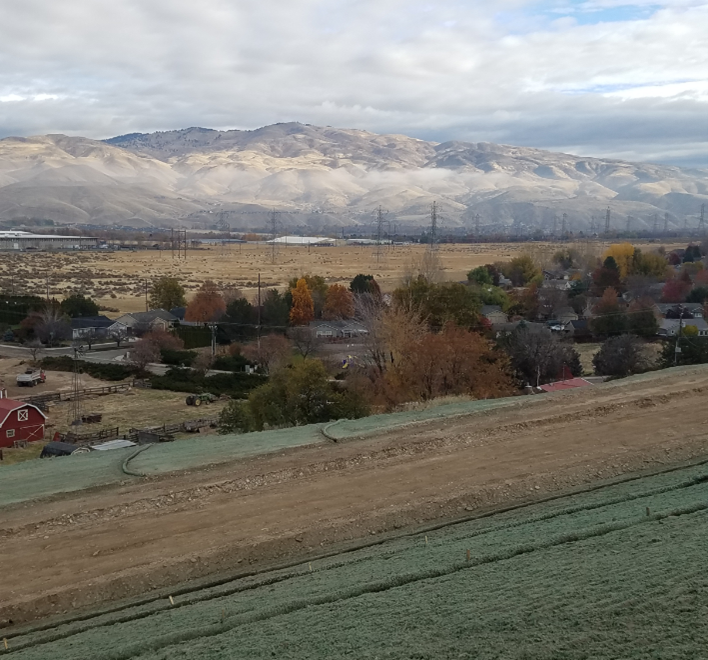All construction activities within the right-of-way that require an ACHD issued permit must adhere to CSDC Program requirements. These same requirements also apply to the construction or modification of new or existing right-of-way infrastructure.
A certified Responsible Person (RP) is required on all construction projects. The RP must have direct, day-to-day control over the site activities. The RP shall serve as the 24-hour point-of-contact for all stormwater quality related issues.
Construction
 Construction activities encompass a variety of tasks essential for building and maintaining infrastructure within the right-of-way. This includes ground disturbing activities for utilities, fiber optics, frontage improvements, and the construction or modification of new or existing right-of-way infrastructure.
Construction activities encompass a variety of tasks essential for building and maintaining infrastructure within the right-of-way. This includes ground disturbing activities for utilities, fiber optics, frontage improvements, and the construction or modification of new or existing right-of-way infrastructure.
For projects involving trenching exceeding 50 feet or total ground disturbing activities exceeding 600 square feet, a site-specific Erosion & Sediment Control (ESC) Plan must be submitted to ACHD Staff for review and approval.
All projects disturbing an area less than this do not require a site-specific ESC Plan. However, the RP must still comply with all Standard ESC Requirements and Best Management Practices (BMPs).
Dewatering
 Dewatering is the discharge or diversion of surplus water from one location to another. Dewatering often involves the use of pumps, filters, and other equipment to remove water and keep a site dry. ACHD regulates all dewatering activities when those activities result in a discharge to the storm drain system or when those activities discharge into a nearby surface water if that discharge is associated with work in the right-of-way.
Dewatering is the discharge or diversion of surplus water from one location to another. Dewatering often involves the use of pumps, filters, and other equipment to remove water and keep a site dry. ACHD regulates all dewatering activities when those activities result in a discharge to the storm drain system or when those activities discharge into a nearby surface water if that discharge is associated with work in the right-of-way.
For construction dewatering, a per-occurrence Dewatering Permit is required. To obtain this permit, applicants must submit a completed General Dewatering Permit Application form and a site-specific Dewatering Plan.
For all other dewatering activities, please consult with Environmental Staff about discharge specific permitting requirements.
NOTE: You should first consider discharging excess water onsite to permeable soil if a large enough vegetated area is available.
